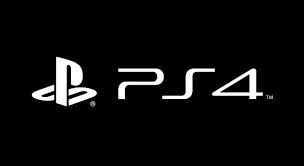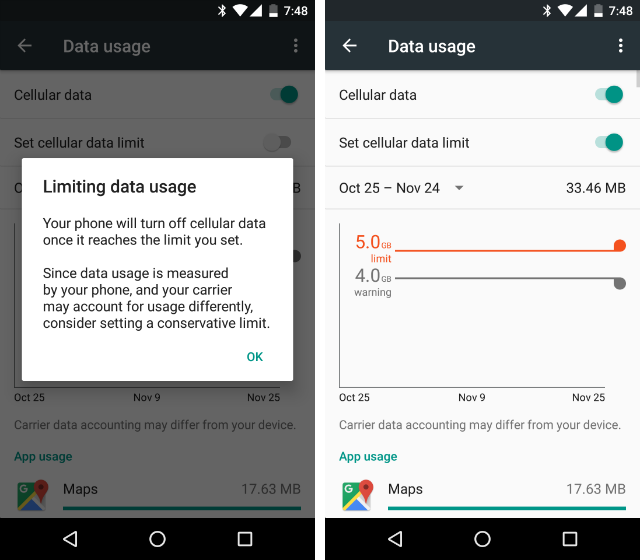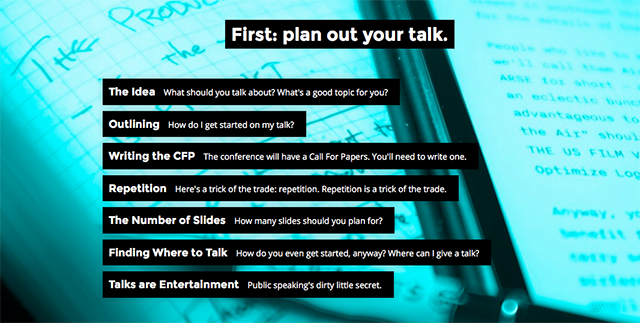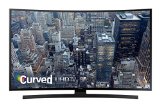

The Internet of Things (IoT) revolution continues to gather pace. In an attempt to lock out their competitors and get a stranglehold on the rapidly growing market, some of the largest tech names in the industry start collaborating and forming partnerships.
The latest duo to come to an agreement are Samsung and Microsoft. Samsung will be pouring considerable resources into developing IoT devices that are based on Windows 10. Here’s how the partnership came about and what we can expect from it going forward.
Unlike some tech companies, Samsung and Microsoft have been on reasonably good terms with each other and they have a 30-year background in collaboration on Windows devices. At the recent CES conference in Las Vegas, they announced they were both ready to move onto the next level of cooperation.
Samsung and Microsoft had already used the conference to reveal some impressive looking Windows 10 products, like the Samsung Galaxy TabPro S 2-in-1 tablet – but the real highlight came during Samsung’s keynote speech on the Internet of Things.
Bryan Roper and Terry Myerson from Microsoft joined Samsung’s President of Business Solutions Units Dr. Won-Pyo Hong on stage, announcing their expanded IoT partnership and doing a quick demonstration of how it would work with existing Microsoft services like Cortana.
During the speech, Dr. Hong stated that Samsung’s vision was to be an important player across all areas of the Internet of Things – including making chips and devices, and providing services. It’s all part of the South Korean company’s “IoTivity” strategy – but without a platform provider, the strategy will amount to little.
“Platform is integral to Samsung’s IoT strategy,” said Myerson. “With Windows 10, both companies wanted to do something great together.”
“Along with Samsung, we share a common vision for millions and millions of devices and things all communicating together using open protocols and standards within inclusive ecosystems.”
On the face of it, it is a match made in heaven. Both companies already have vast user bases – more than 75 percent of U.S. households contain a Windows device, while Samsung has an impressively diverse product portfolio.
Put the two together, and they could be on to a winner.
When Microsoft joined Samsung on the stage at CES, they ran through a live demonstration.
During the display, Roper asked Cortana whether a washing machine was currently in use. In response, Cortana provided an audible reply along with an on-screen graphic that showed the cycle’s current progress.
He then took it a step further, making Cortana bring up information about volume of washing that each family member had put in the machine, and asking for an alert when the current wash was finished.
Further capabilities surrounding other devices were then demonstrated. For example, Cortana could tell users how often (and for how long) electronic items such as televisions and hi-fis were used by each household member, or display how much of a fridge’s capacity was still available.
There might be question marks over how useful some of these initial features are, but it’s not hard to see the long-term potential.
“Our demo on stage highlighted Windows 10 and Samsung IoT-ready appliances working together through a potential scenario of openness and collaboration, creating a future where people have more choice and ultimately can be more productive at home,” said Roper at its conclusion.
However, it isn’t clear exactly what products will be released or what shape the newly-announced partnership will take. Is it going to be a case of Cortana integrating with Samsung’s products? Could we see Windows 10 ship as a built-in operating system on smart fridges and washing machines? Might we even see a dedicated Cortana app coming to Samsung’s smartphone range?
We’re hoping it’s a combination of the three. For example, imagine a scenario where Windows 10 is integrated with your Samsung oven, washing machine, fridge, dishwasher, and air conditioning unit. You’d be able to walk into your house and issue a command like “Cortana, set the heating at 18 degrees, pre-heat the oven to 220 degrees, and let me know when the washing is finished.”
Because all the individual devices would be running Windows and would have built-in sensors, the whole process would be seamless – and timesaving.
Alternatively, imagine being able to control all your devices from your Windows machine, no matter where you are. You could turn on the oven or the air conditioning from your office or car, meaning everything would be ready to use the moment you walked in the door. In truth, it doesn’t even need to be that extreme – you could turn on the oven from the comfort of your couch, just out of sheer laziness!
The future will tell whether the partnership between Samsung and Microsoft will last or whether it will fizzle out of steam as competition increases and more products come online.
What do you think? Would you even use IoT devices? What are your concerns?
As ever, you can let us know your thoughts, opinions, and ideas in the comments section below. We’d love to hear from you.




 Tomb Raider Glitches: Infinite Chickens, Flying, Skating & More
Tomb Raider Glitches: Infinite Chickens, Flying, Skating & More Are You People Insane? Addressing The Double Fine Kickstarter Controversy
Are You People Insane? Addressing The Double Fine Kickstarter Controversy 5 Sites With Tips and Tools for Creating Presentations
5 Sites With Tips and Tools for Creating Presentations It's Time To Save Some Big Bucks On TVs, Computers, And More
It's Time To Save Some Big Bucks On TVs, Computers, And More How to Fix Dark Souls 2 PC Crashes, Black Screen and Freezes
How to Fix Dark Souls 2 PC Crashes, Black Screen and Freezes